Tutorials/Module Help to Spanish!
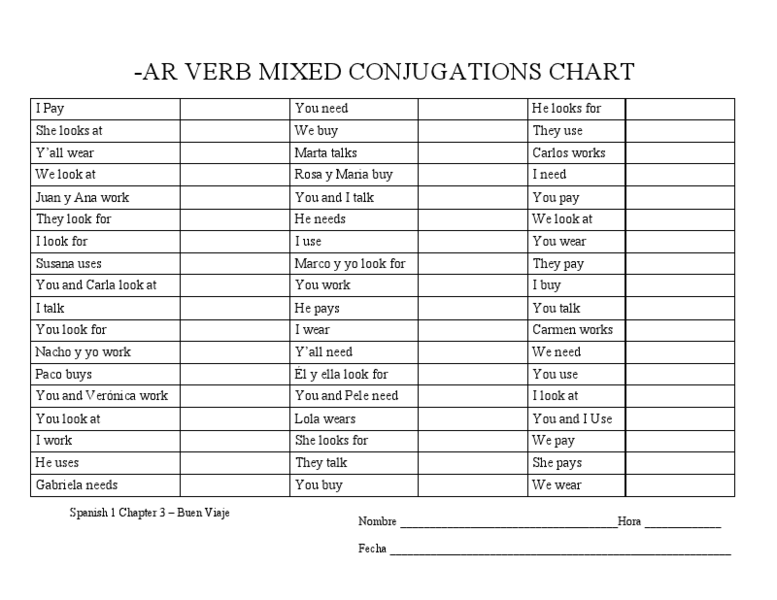
Ar Verb Mixed Conjugations Chart Organizer for 7th 9th Grade
The largest category of regular Spanish verbs is those that end in -ar. To conjugate them, remove the infinitive ending and then add one of the following verb endings: Thus to conjugate hablar, you'll remove the infinitive ending to find the radical habl - and then add the appropriate endings: Note that the conjugations for -AR, -ER, and.

2.1 AR Verb Chart Explanation YouTube
(An infinite number of ways, so to speak.) Infinitive verbs in Spanish will always end with - AR, - ER, or - IR. Infinitive verbs, in English, always mean to do. (action). For example: to run, to read, to speak, to live, to eat, to see, to hear, to work, to study. -AR verbs are all infinitive verbs that end with the letters - AR.
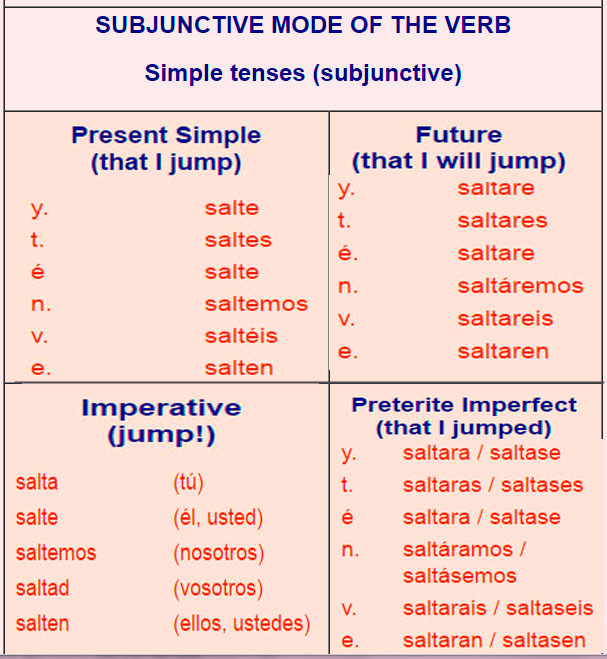
Spanish verb tables ar verbs
Regular Present Indicative Forms. Below you'll find instructions for forming regular verbs in the present tense, including the endings you need to know for -ar, -er, and -ir verbs.. Verbs that End in -ar. To conjugate an -ar verb, remove the infinitive ending (-ar) and add the ending that matches the subject.You can find these endings in the table below.

1000 Spanish Verbs A Complete List [+ Free PDF]
To Infinitivo and Beyond The infinitive ( infinitivo) form of a verb is its most basic form. You can spot them easily in Spanish because they retain their original ending of -ar, -ir, or -er. The equivalent meaning in English is the same as "to [verb]," so " amar " translates to "to love."

Tutorials/Module Help to Spanish!
Verb Ending Charts. Now we need to look up (or better yet, memorize) the appropriate chart of verb endings. The present tense "-ar" verb endings are listed in a chart below, to the right. (Remember we're using "-ar" verb charts because hablar is an "-ar" verb.) To the left are subject pronouns once again.

Verb conjugation ar pattern • Spanish4Kiddos Educational Services
Here is a conjugation chart for regular "ar" verbs in the present tense: Yo (I) - o Tú (You) - as Él/Ella/Usted (He/She/You formal) - a Nosotros/Nosotras (We) - amos Vosotros/Vosotras (You all) - áis Ellos/Ellas/Ustedes (They/You all) - an For example, let's consider the verb "hablar" (to speak) and apply the conjugation chart: Yo hablo (I speak)
Imperfect Verb Endings Ar Er Ir Steve
In this section you will learn present tense Spanish "ar" verb conjugation. When trying to learn a language, it is very important to conjugate verbs properly in order to be come fluent in that foreign language. Don't forget to use our free Spanish Learning Lounge! Spanish mini-course Learn Play Info Review Play Info Quiz Play Info Course Play
AR Verb Vocabulary Match up
We'll provide the -ar conjugation chart for each tense. We'll break the tenses down by mood, presenting the simple tenses and the perfect tenses for each. In every tense, we'll first show the -ar verb endings in Spanish, and then we'll demonstrate them in action with a sample regular -ar verb conjugation.
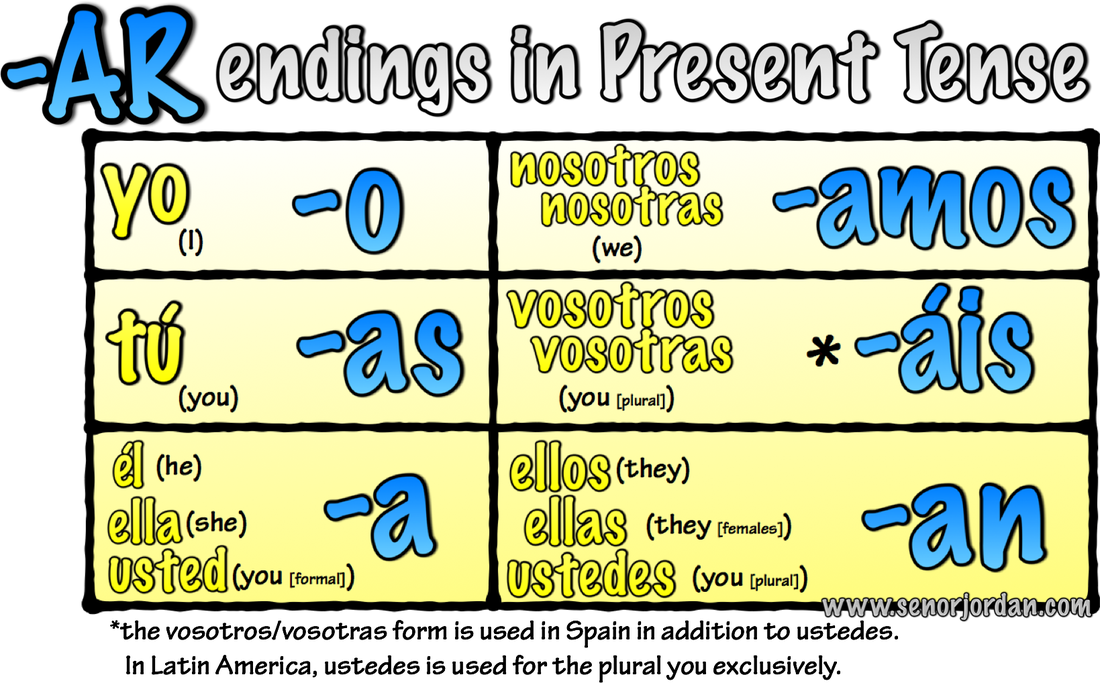
Present tense ar verbs Español con Smith
The Most Essential Spanish AR Verbs All Spanish verbs in their infinitive form end in -ar, -er, or -ir. The ending will affect how the verb is conjugated. -ar verbs are the most common verb type in Spanish, so you'll encounter them a lot.

PPT Conjugating AR Verbs PowerPoint Presentation, free download ID
To conjugate a regular -arverb, follow these steps: First, decide your tense. Every tense in Spanish has a different set of endings. Next, remove the infinitive ending (-ar). Lastly, add the ending that matches the subject of the sentence. Click herefor a comprehensive conjugation chart for the regular Spanish verb bailar.

PPT Los Verbos Regulares PowerPoint Presentation, free download ID
Unfortunately, while most of Spanish verbs are regular, irregular verbs tend to also be the common verbs that get used the most often. Here's a list of 10 of the most common Spanish irregular verbs: ser - "to be". haber - auxiliary "to be/to have". estar - "to be". tener - "to have". ir - "to go".
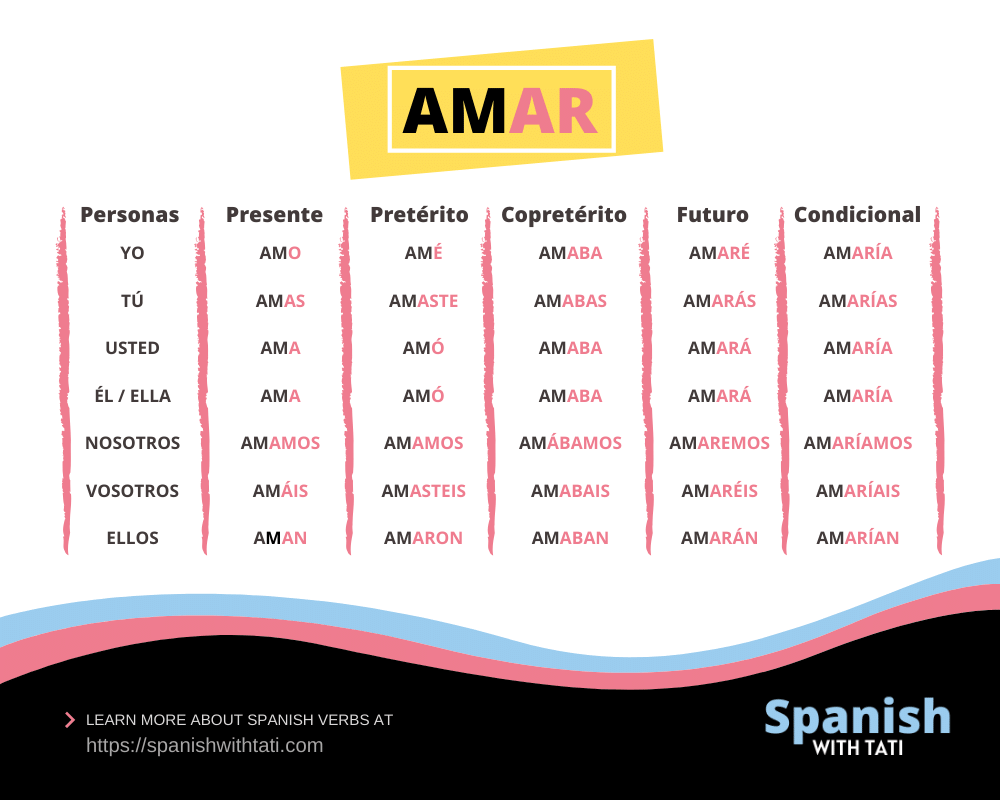
+1000 Spanish Verbs Regular and Irregular Spanish Verbs
By: Teacher Catalina Last updated: August 15, 2023 Library of Resources, Spanish one, Spanish One Grammar In Spanish, verbs are conjugated according to the person performing the action. There are three types of regular verbs in Spanish: -ar verbs, -er verbs, and -ir verbs. In this post, we will learn how to conjugate er and ir verbs.
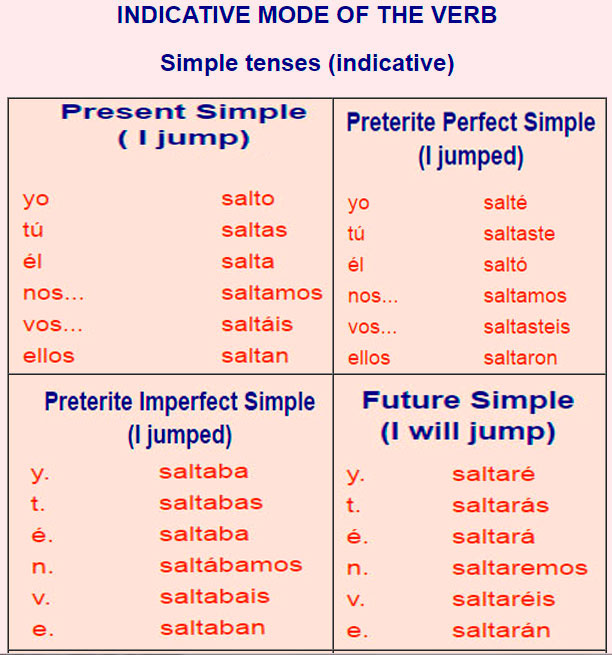
spanish conjugation table
In English, verbs in the simple past tense typically have "-ed" endings, like "walked" or "talked.". To conjugate Spanish -AR verbs in the simple past tense, replace the "- ar " ending with the following verb endings, depending on the subject. Subject pronoun. Verb ending. yo (I)

Conjugating Spanish verbs ending in ar Spanish4Kiddos Tutoring
Directions: Students could work individually or in pairs to solve the exercises on this worksheet. Firstly, this worksheet presents a short definition of regular verbs in Spanish, that is verbs that follow specific conjugation rules depending on their ending. There are 10 very important -AR regular verbs in Spanish in the box.
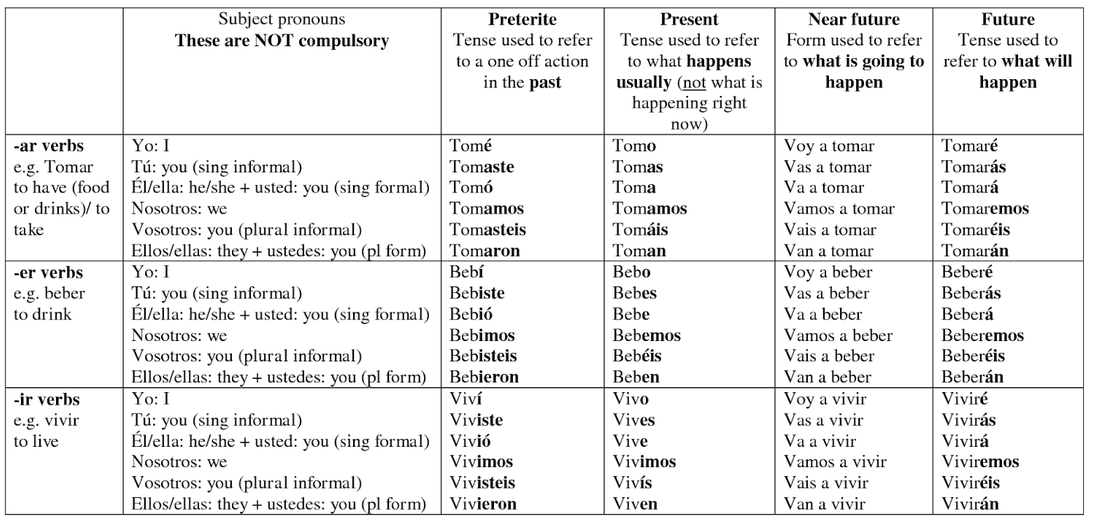
English//Spanish AR Verbs polyglotism made simple
For example, "pensar" means "to think," "tener" means "to have" and "dormir" means "to sleep.". Some verbs ending in -ar, -er, and -ir are regular and some are irregular. A regular verb follows the conjugation chart shown below. Irregular verbs, on the other hand, have different endings and/or stem changes. With regular.
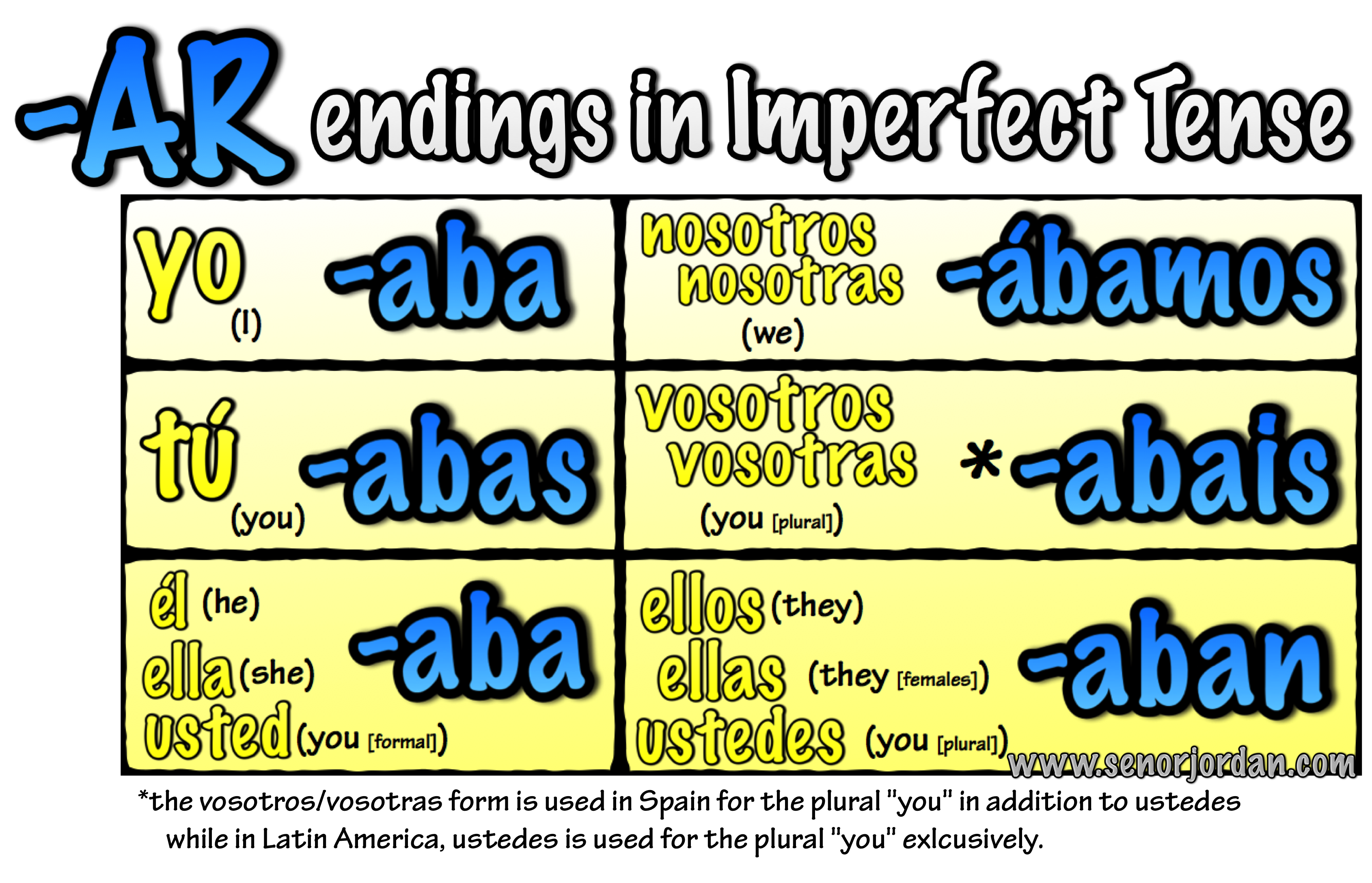
02 Imperfect AR verbs song! Señor Jordan
Verbs ending in -ar vs -er and -ir Irregular verb conjugations With those in mind, usually conjugations include the root of the word being conjugated minus the last two letters of the verb (ar, er, or ir). Verb Tense. In English, different tenses produce verb conjugations such as: I eat I am eating I ate I will eat